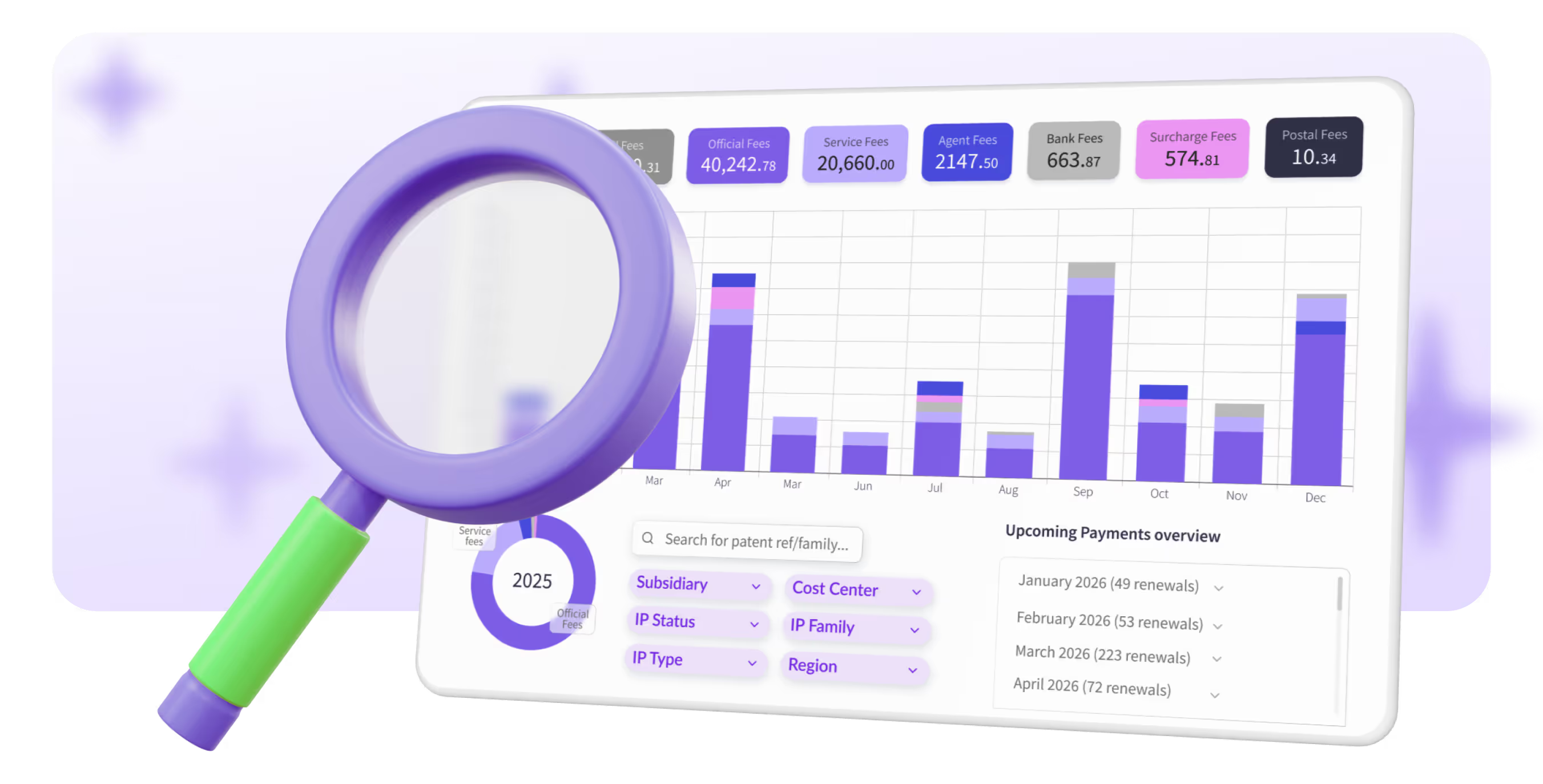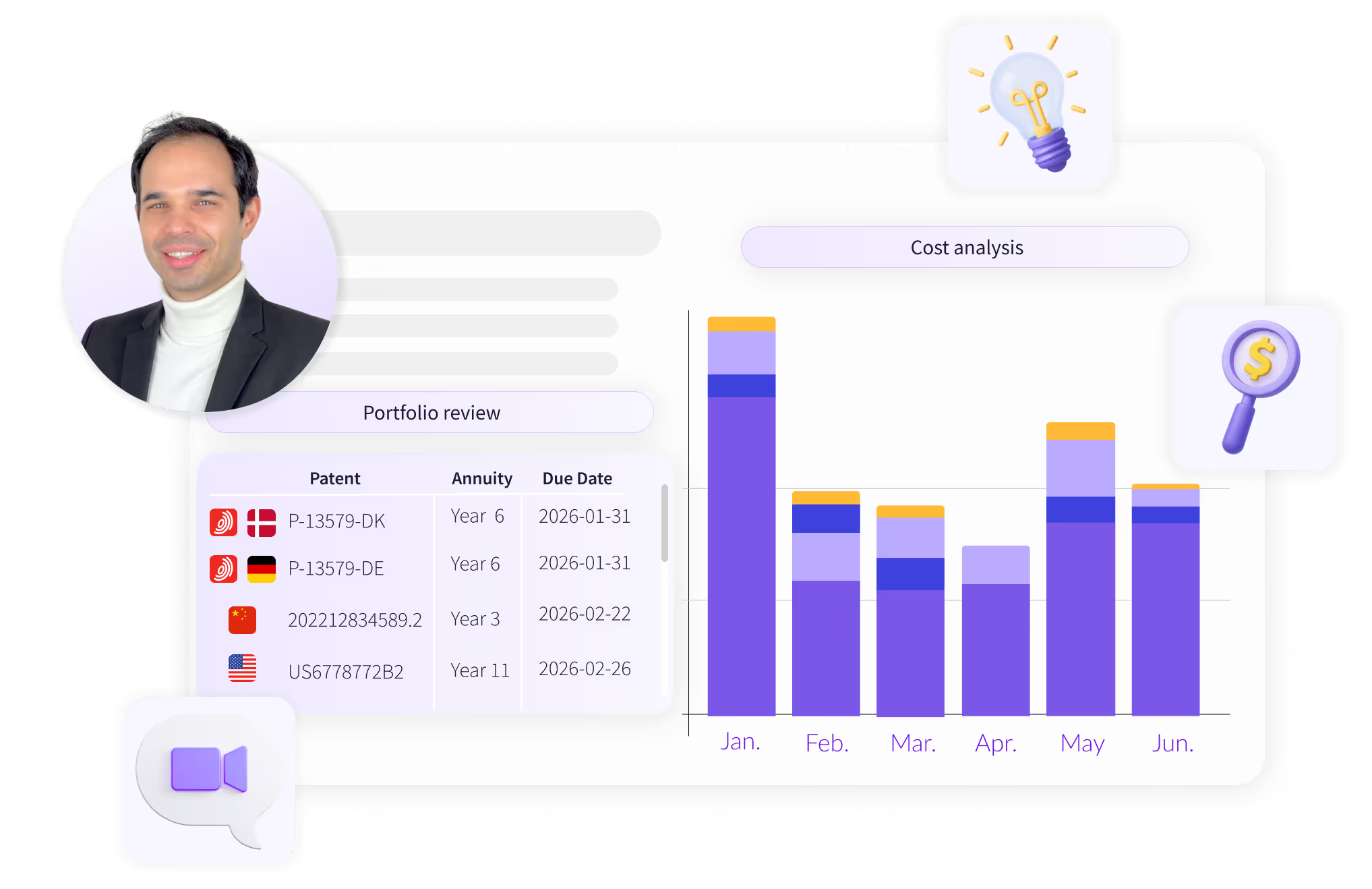TRY OUR NEW (FREE) IP RENEWAL COST CALCULATOR
Calculate
.avif)
The pacemaker stands as a landmark invention in medical technology, fundamentally changing the field of cardiac care. At the heart of this revolutionary device's story is Swedish engineer Rune Elmqvist, whose innovative spirit and engineering prowess paved the way for the modern pacemaker. This article delves into the history of the pacemaker, the reasons behind the initial lack of patenting, and the subsequent developments that turned it into a global standard.
Rune Elmqvist was working with Dr. Åke Senning at the Karolinska Institute in Stockholm when he developed a device that could be implanted directly into a patient’s body. This groundbreaking invention, realized in 1958, utilized rechargeable nickel-cadmium batteries and a transistorized circuit, offering a practical solution to heart rhythm disorders.
Elmqvist's design was successfully implanted in Arne Larsson, a Swedish patient, marking a turning point in the treatment of cardiac arrhythmias. This achievement demonstrated that an implantable device could effectively sustain heart function, despite the challenges of limited battery life and technological limitations at the time.
The history of pacemaker patents reflects the broader evolution of medical technology patenting. Despite the revolutionary nature of his invention, Rune Elmqvist did not initially patent the pacemaker due to several factors, including:
While Elmqvist and Senning pioneered the implantable pacemaker, significant advancements came from the United States. Engineer Wilson Greatbatch developed the first commercially viable implantable pacemaker. The first pacemaker was implanted in a human patient in 1960. His design utilized a mercury battery, which offered greater reliability and longevity than previous power sources.
In 1962, Greatbatch patented (U.S. Patent 3,057,356) the pacemaker, which was a crucial step in commercialization. This patent covered the implantable design and reliable battery, laying the groundwork for industry growth. Companies like Medtronic, founded by Earl Bakken, expanded on these innovations, securing patents for new pacing technologies and establishing themselves as leaders in the field.
Recent advances in pacemaker technology include the development of leadless pacemakers, which are smaller and have no wires, reducing complications. Rate-responsive pacemakers now adjust heart rate based on the patient's activity, providing more natural rhythm management. In addition, remote monitoring capabilities allow healthcare providers to continuously track pacemaker performance and patient health.
Today, pacemakers are indispensable tools in cardiac care, offering life-saving support to millions with heart rhythm disorders. Since the first successful implantation, pacemakers have been used by millions of patients globally. It is estimated that over 1 million pacemakers are implanted worldwide each year, with the total number of individuals living with a pacemaker exceeding 3 million.
The device's evolution showcases the importance of strategic patenting in fostering innovation and ensuring access to medical advancements.
PatentRenewal.com ensures that you can focus on what matters most—innovating and advancing your field—while we handle the complexities of IP renewals. Learn more about automated patent renewals and our solution.
Interested in a free IP renewal consultation? Benchmark your current IP renewal setup and costs against market standards.
